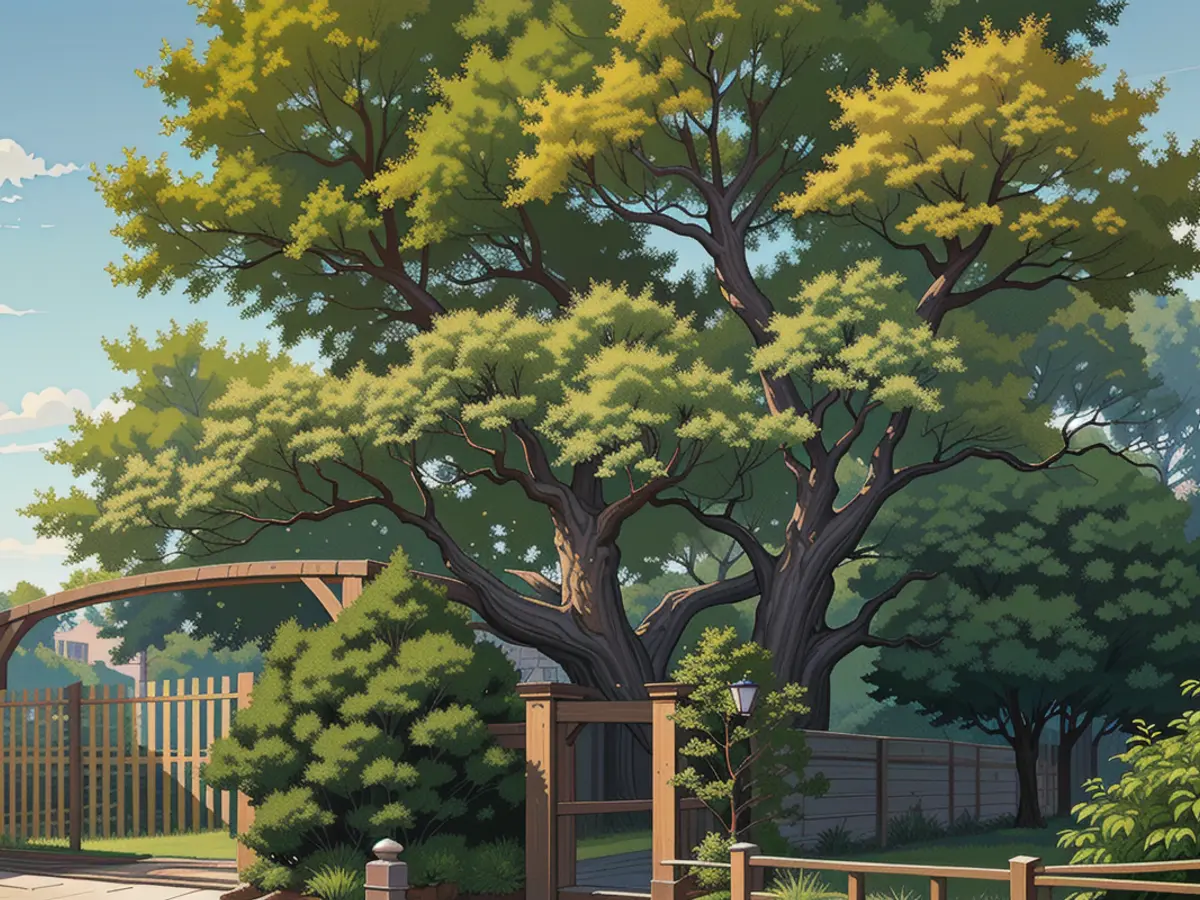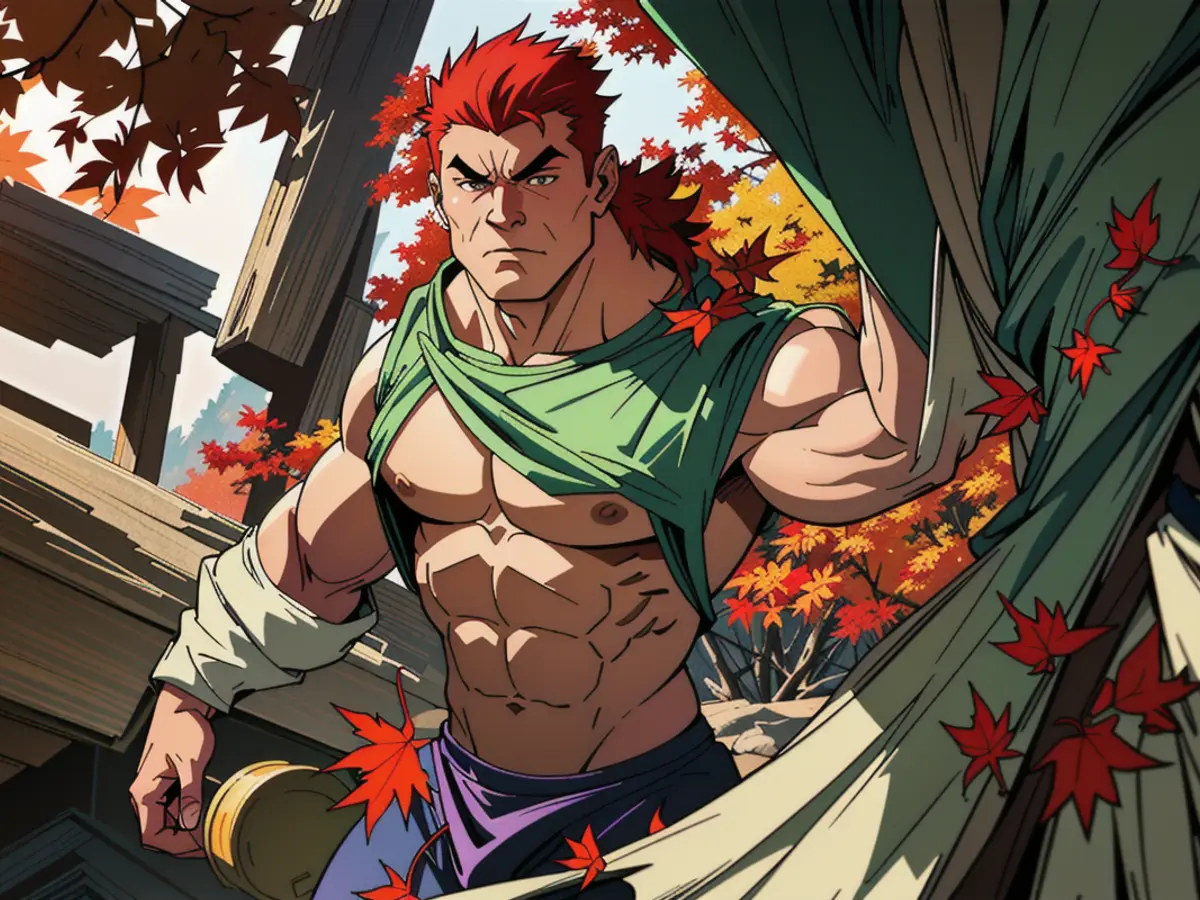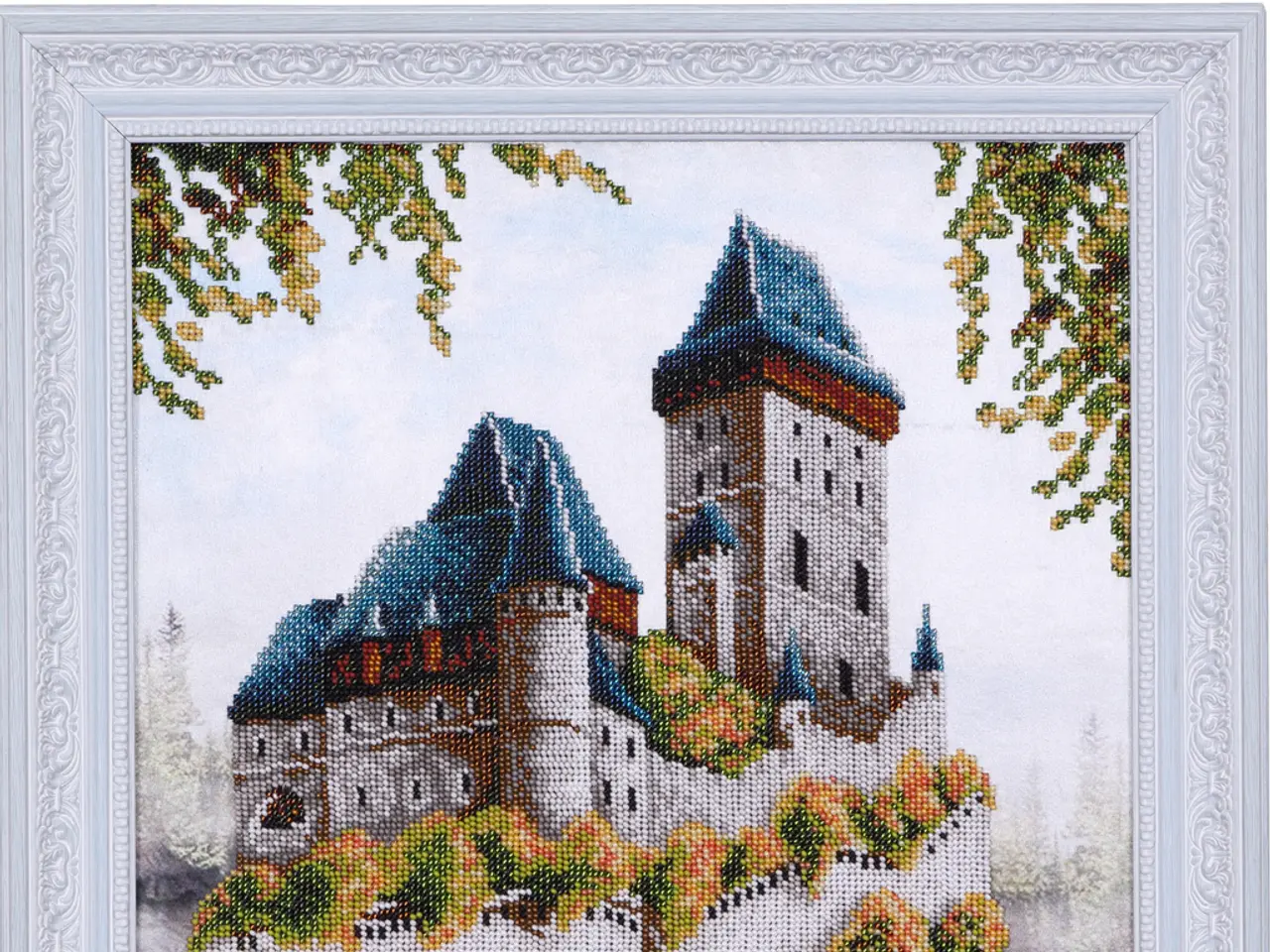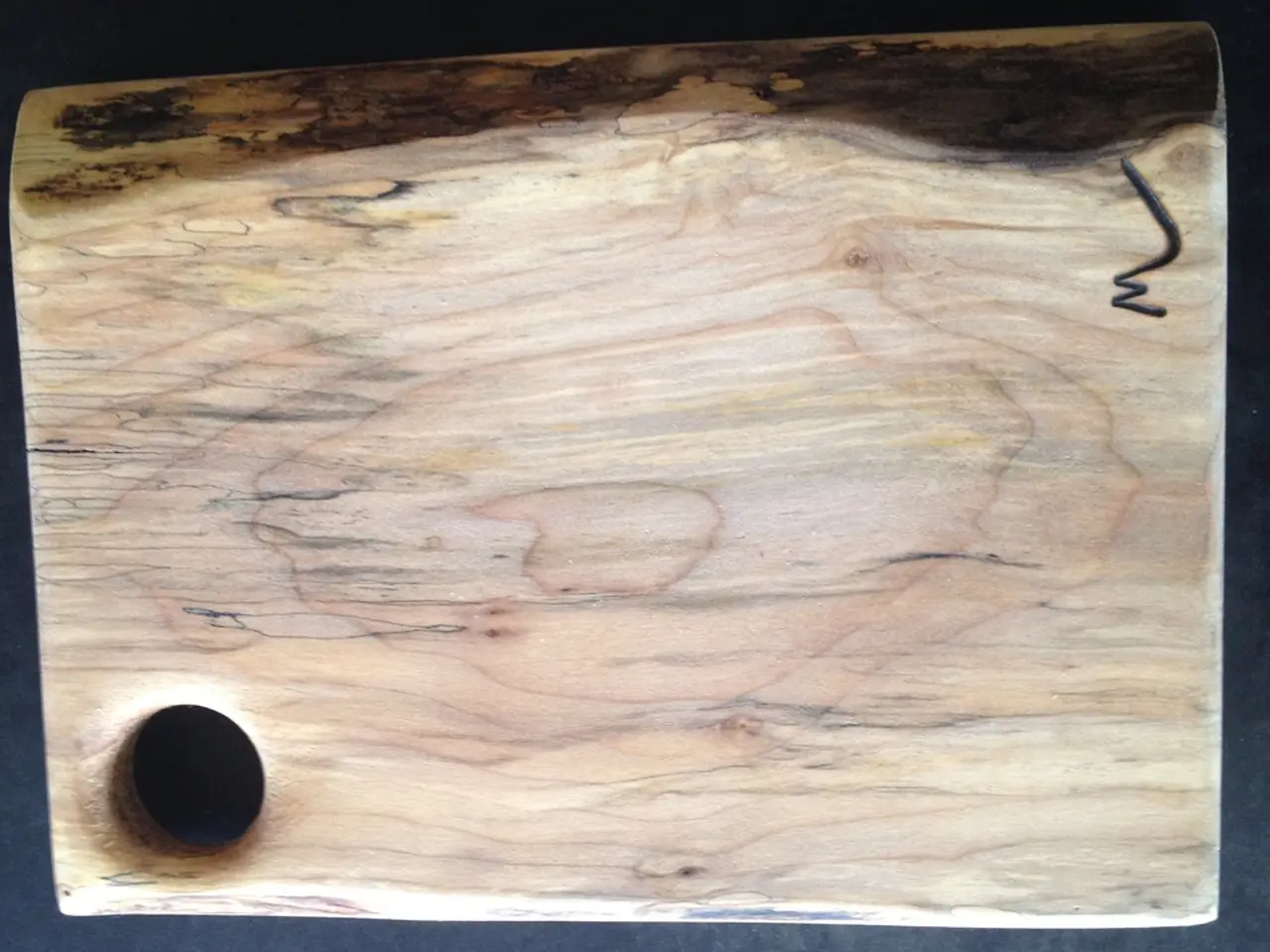Top Recommended Trees for Spring Planting, Suggested by Experts
Going Green with Spring-Planted Trees
Whether you're a budding nature enthusiast or an experienced gardener, choosing the right trees for your yard and planting them in spring can make all the difference. Here's a guide on the best tree choices, why spring is the prime season, and the outstanding features of selected options.
- The Timing is Just Right
Trees aren't picky about the time of year they're planted, but some seasons certainly work better than others. Spring stands out thanks to its mild temperatures and plentiful moisture, which promotes favorable root growth and reduces the risk of transplant shock.
As explained by urban forestry expert Eric North, "Both spring and fall tend to have cooler temperatures, which reduces moisture loss as trees absorb water in their roots and evaporate water through their leaves" during the process known as evapotranspiration.
- Trees to Put on Your Radar

Certain types of trees perform exceptionally well when planted in the spring. Sharon Yiesla, a horticulturist at the Morton Arboretum's Plant Clinic, suggests spring planting for trees with:
- Finicky roots like magnolias and hornbeams
- Deep taproots, such as hickory trees and many oaks
- Longer establishment periods, like evergreen trees
- Thin bark, such as birch and cherry
- Trees not locally grown and requiring time to adjust to the climate
- Trees marginally hardy in your region
- Recent transplants
- Why Bare-Root Trees Shine
Bare-root trees require special attention due to their sensitive roots. These trees are dug out of the field in the fall and stored until being planted in the spring. As Eric North points out, "The digging process cuts most of the tree's roots, leaving the roots in the field."
Spring planting gives bare-root trees an entire growing season to replenish their root system before winter, making them better prepared for the cold months ahead.
- Regional Choices

Your tree selection might vary based on the regional climate, and experts offer recommendations for various zones:
- Citrus flowers and fruit trees are perfect for warmer climates where winter is milder.
- Red and sugar maples, along with pin and red oak and American sweetgum, are great picks for spring planting in colder regions.
- For regions where winters are quite cold, opt for crab apple or flowering cherry trees, which offer stunning early spring blossoms.
- Standout Tree Choices
Unleash the power of spring and plant these extraordinary trees for a flourishing garden:
American Hornbeam
This hardy tree prefers a partially shaded spot and can grow up to 30 feet tall. Watch in awe as its leaves turn fiery tones in the fall and enjoy the smooth gray bark year-round.

Ginkgo
With its distinctive fan-shaped leaves, the ginkgo is a remarkable tree that drops all leaves simultaneously. Offering few pest or disease issues, this ancient species thrives in various soils and reaches heights of 50-80 feet.
Magnolia
Available in numerous species and hybrids, magnolias offer large blossoms and add a romantic charm to your landscape. Ideal soil and light conditions can vary based on the species, so be sure to research your chosen magnolia for optimal growth.
Canadian Hemlock

Boasting a pyramidal habit and graceful drooping branches, the Canadian hemlock grows up to 70 feet tall. This beautiful dark-green giant is hardy in zones 3-7.
Sweet Gum
With a deep taproot and fleshy roots, the sweet gum can take time to establish itself but rewards you with striking fall coloring and defining spiny seedpods. This tree grows between 60 and 75 feet tall and is hardy in zones 5-9.
Tulip Tree
Magnificent in proportions, the tulip tree reaches heights of up to 90 feet. Its greenish-yellow and orange tulip-like flowers grace your yard in late spring, followed by bright golden foliage in the fall.

American Yellowwood
Hardy in zones 4-8, the American yellowwood offers pendulous white flowers in late spring, beautiful green summer foliage, and attractive yellow fall coloring. A midsize tree of 30 to 50 feet, it features smooth, gray bark year-round.
[1]Horticulture Today
[2]American Nursery & Landscape Association
[3]Modern Farmer

[4]The Sustainable Gardener – Growing Trees from Seeds
[5]Ideal Soil Conditions for Planting and Caring for Trees
[6]Varieties of Flowering Trees
[7]Growing and Caring for Flowering Cherry Trees
[8]Growing Crabapple Trees

[9]30 Rabbit-Resistant Plants for your Garden
[10]Caring for Your Dogwood Tree
[11]Taking Care of Your Magnolia Tree
[12]How to Hold, Carry, and Plant Bare-Root Tree Saplings
[13]6 Best Cultivars of the Yellowwood Tree
[14]How to Prune a Yellowwood Tree
- Spring planting is advantageous for trees with finicky roots, deep taproots, longer establishment periods, thin bark, trees not locally grown, trees marginally hardy in your region, recent transplants, and bare-root trees, as they have sufficient time to replenish their root system before winter.
- The American Hornbeam is a hardy tree that can grow up to 30 feet tall, prefers a partially shaded spot, and is known for its fiery-colored leaves in the fall and smooth gray bark.
- The Magnolia, available in numerous species and hybrids, adds a romantic charm to your landscape with large blossoms and requires ideal soil and light conditions for optimal growth.
- The Sweet Gum, with a deep taproot and fleshy roots, can take time to establish itself but offers striking fall coloring and defining spiny seedpods, growing between 60 and 75 feet tall and hardy in zones 5-9.



